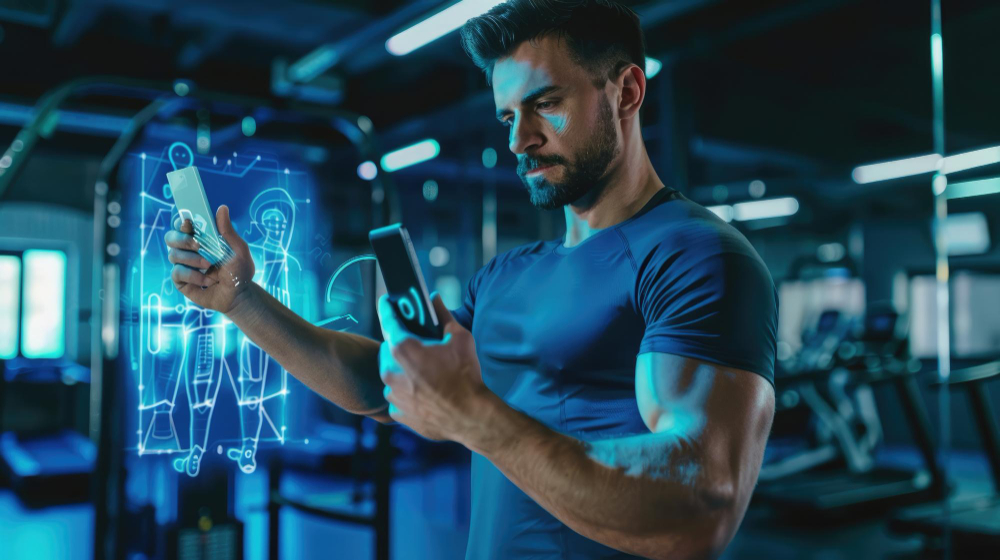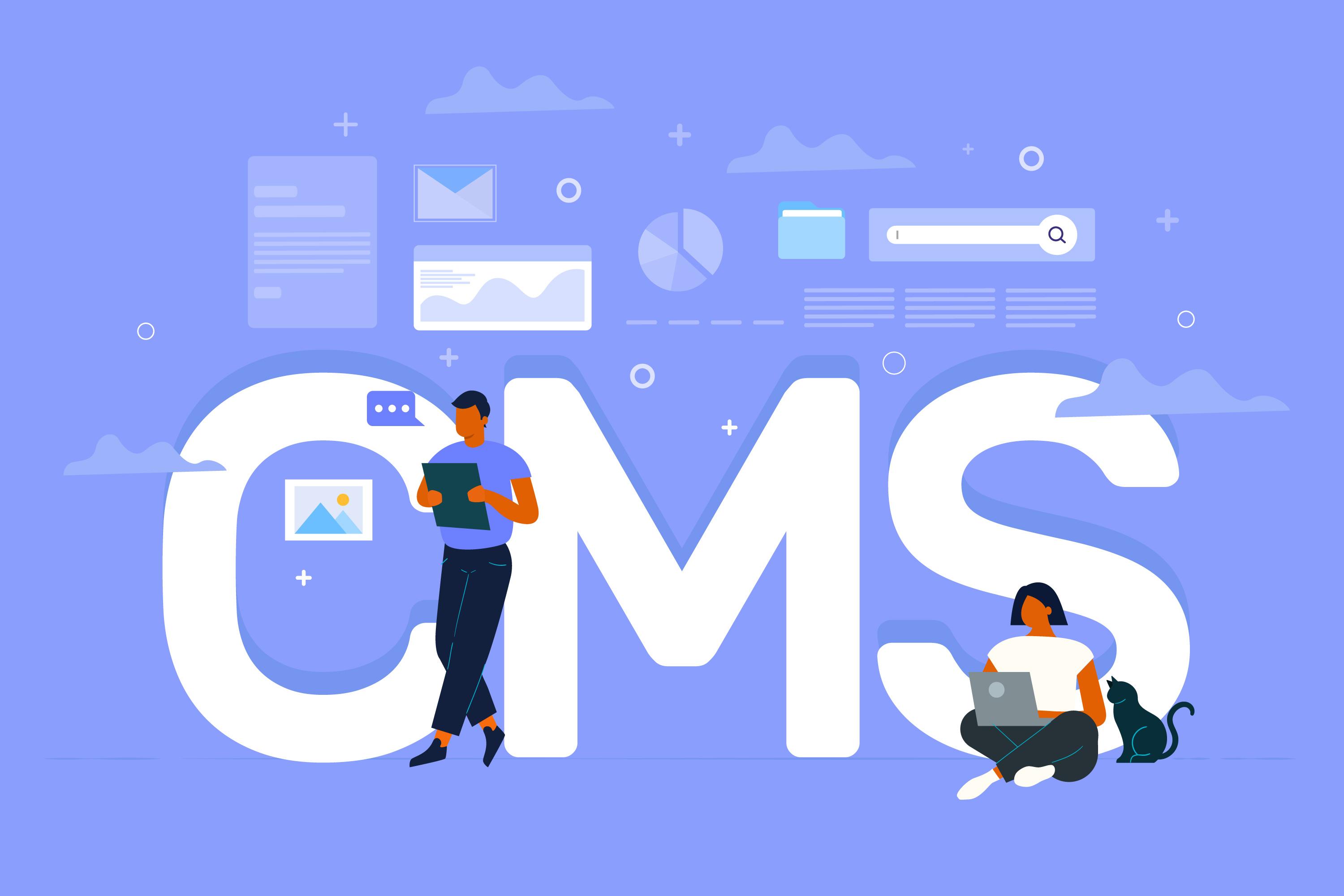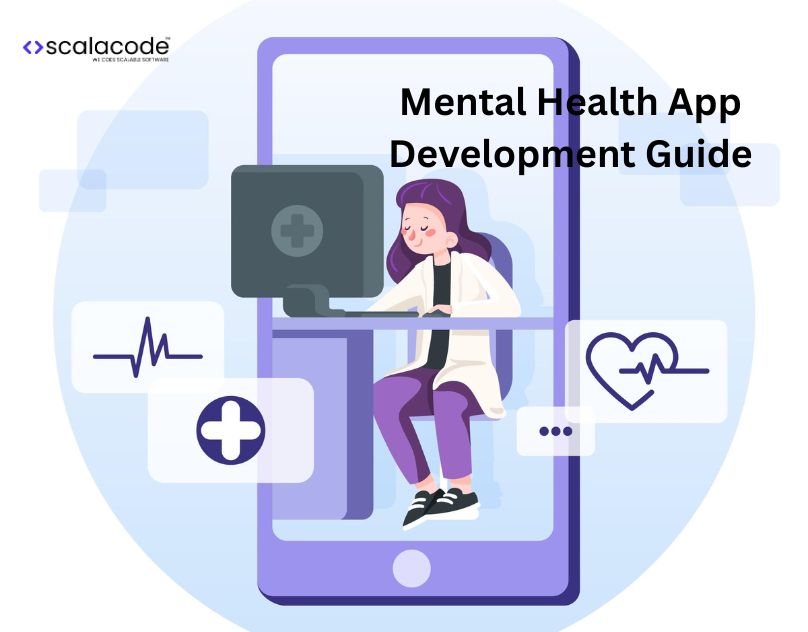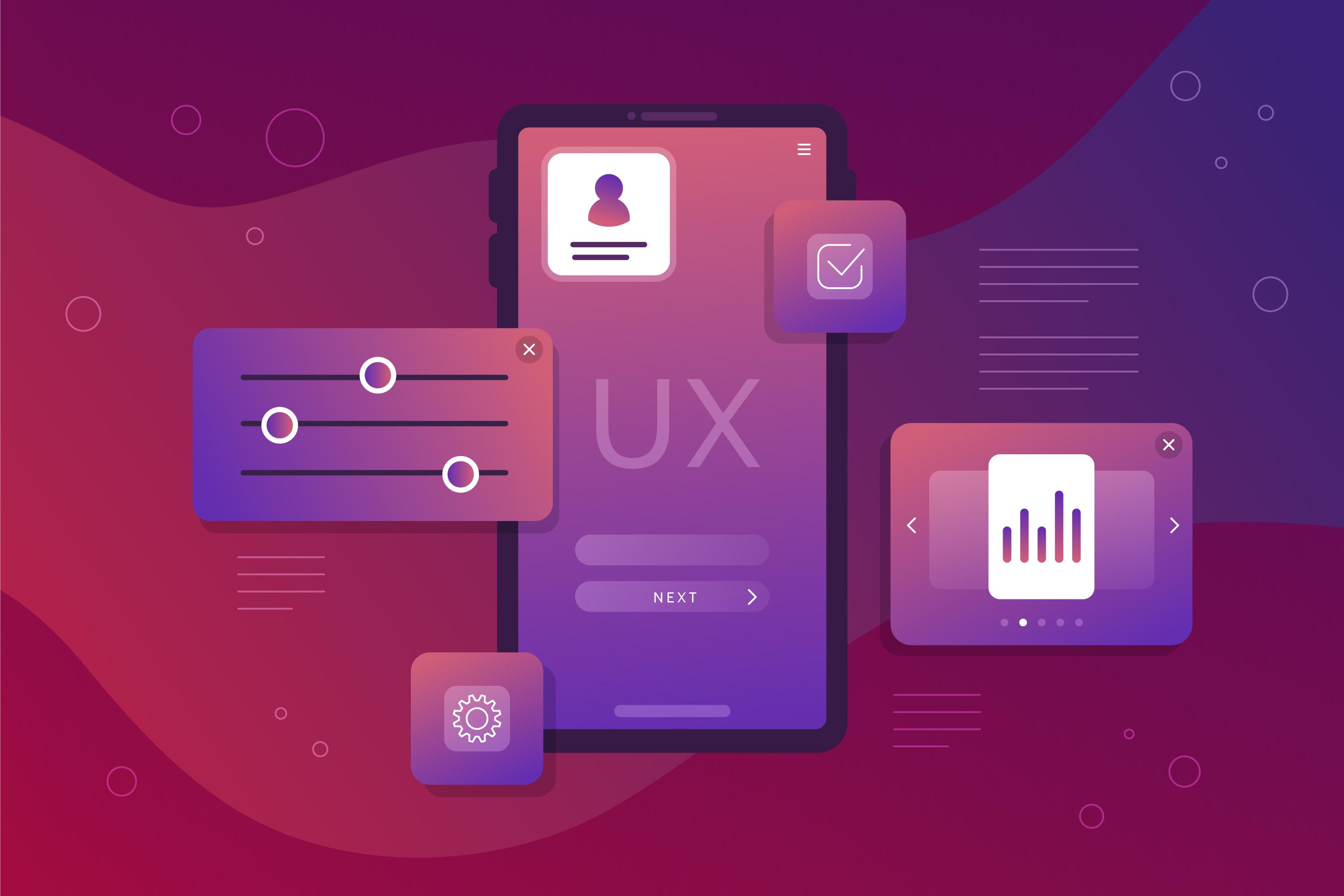AI-Powered Wearable Integration: The Future of Connected Workouts

Think about having a smart coach on your wrist that understands your body, pushes you and helps you improve your workouts. Thanks to AI in wearables, this idea is becoming a reality. AI is now included in fitness bands and smartwatches to assist you in moving better, staying safe and achieving your goals more quickly. In this blog, we will discuss what these devices are capable of, how they use AI and why they will play a big role in fitness moving forward. We will use basic language and organize our paragraphs so that a fifth-grade student can easily understand.
What Are AI-Powered Wearables?
Wearables are gadgets that you put on your body. For example, smart watches, fitness trackers and smart clothing are all types of wearables. These devices track your steps, heart rate and sleep. AI-powered wearables come with a smart brain built in. It can notice your habits, choose what’s best for you and offer helpful suggestions. We refer to this as integration when your wearable can connect its data with apps on your phone or tablet. Both the device and the app work together to show you your entire fitness progress.
How Wearables Track Your Workouts
Wearables use small sensors to track your body’s activities. For instance, accelerometers measure your steps by detecting movement. Optical sensors are used to measure your heart rate by checking your blood flow. Some wearables have microphones or skin sensors to find out about your breathing and stress. All the information is sent to an app so you can check your activity, heart rate and sleep quality. It tells you what your body requires for good health.
Also Read: AI-Enabled Fitness Apps
How AI Makes Wearables Smarter
AI in wearables acts as a personal trainer that you carry with you. First, it looks at the data you collect during your workouts. After that, it records your usual heart rate, how fast you walk and your sleeping habits. After that, AI can help you choose goals that are right for you. If you notice your heart rate is getting too fast, it’s a good idea to rest for a bit. If your sleep isn’t good after a tough workout, the app may advise you to choose a less intense routine for the next day. As time goes on, AI is able to identify patterns. Perhaps stretching after running will help you feel less tired. The next time you sit for a while, your wearable will remind you to stretch. With this kind of feedback, each workout is safer and more productive.
Benefits of Connected Workouts
Having your wearable and phone app coordinated gives you access to many useful features. You can first see your overall progress over days, weeks and months. You can check to see if you reached your daily step goal or made your heart health better. Alternatively, you can let a coach, doctor or parent see your data to get more help. In addition, several apps let you compete with your friends during workouts which helps keep you motivated. In a serious situation, some wearables can notify you if they detect a problem such as an irregular heartbeat. You get all these advantages when you link your wearable to smart apps.
Real-World Examples of AI-Powered Wearables
Now, many popular watch brands use AI to help users during their workouts. They know your running speed and tell you when to increase or decrease it. Fitness bands monitor your heart rate all day and let you know if it becomes too high. The sensors in smart shoes track your walking and AI helps you correct your steps to prevent injury. Even small chips in your clothing can detect muscle soreness and advise you to take a break. They demonstrate that AI-driven wearables are already assisting athletes and regular users.
Have some fitness app ideas in mind? Hire expert AI developers from Scalacode.
Getting Started with Your First AI-Powered Wearable
Interested in trying out a smart gadget? Do the following:
- Pick a watch that matches your needs. If running is your sport, choose a watch that has GPS. If you are concerned about your sleep, pick a device that can track it well.
- Make sure the app has real-time coaching, sets personal goals and warns you about your health.
- Get the matching app on your phone and connect your wearable.
- Start by aiming for 5,000 steps a day or 20 minutes of exercise each day.
- Take the AI’s suggestions, but also pay attention to how your body responds.
- When you begin with a few questions, the AI can learn about you and suggest better tips.
Building Custom Apps with an AI App Development Company
If your needs are unique or you want something special, an AI App Development Company can assist you. They are aware of how to link various wearable brands with custom software. They rely on machine learning to study your data and send you personalized coaching advice in the app. If you are a gym owner, a physical therapist or an active community leader, an AI App Development Company can design an app that is both safe and easy to use for your group. They make sure your data is safe, your devices sync easily and the user interface is easy to use.
How to Hire AI Developers for Your Project
Building or growing an app requires having skilled people on your team. If you want to hire AI developers, try these simple steps:
1. Try to find developers who have worked on health, fitness or wearable apps.
2. Request to see examples of previous work that includes AI for instant feedback.
3. Make sure they are familiar with widely used AI tools such as Python, TensorFlow or PyTorch.
4. Provide a small assignment to check their ability to solve problems and communicate well.
5. Pick a person who can explain technical subjects using simple, everyday terms.
When you follow these steps, you guarantee you are working with developers who can make your wearable integration ideas real.
The Future of Connected Fitness
AI-enabled wearables are only the first step in what’s to come. In the future, your devices might warn you about health problems before you notice them. You could work out with virtual training partners that appear on your screen. Smart clothing could monitor your sweat and remind you when it’s time to drink water. Some wearables can detect your meals and advise you to eat healthier. With the progress of AI, our workouts will be safer, more enjoyable and designed just for us.
Conclusion
AI is making it easier for wearable devices to help us maintain our fitness. Using simple sensors and smart software, we can learn more about our bodies, decide on goals and monitor our progress. When we link wearables to strong apps, we can enjoy safety alerts, fun contests and live guidance. If you require a custom app, an AI App Development Company will build it for you and knowing how to Hire AI Developers will help the process go smoothly. Smart devices are making the future of connected workouts even brighter. Wear your device, connect it to your phone and begin using AI for fitness right now!
Note: IndiBlogHub features both user-submitted and editorial content. We do not verify third-party contributions. Read our Disclaimer and Privacy Policyfor details.







